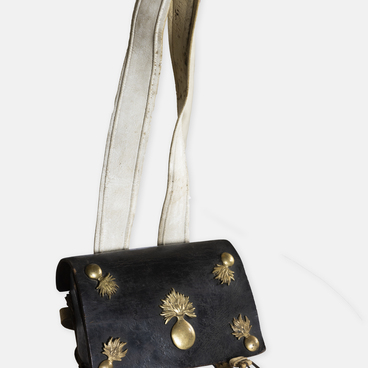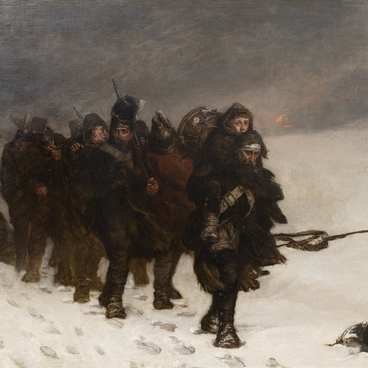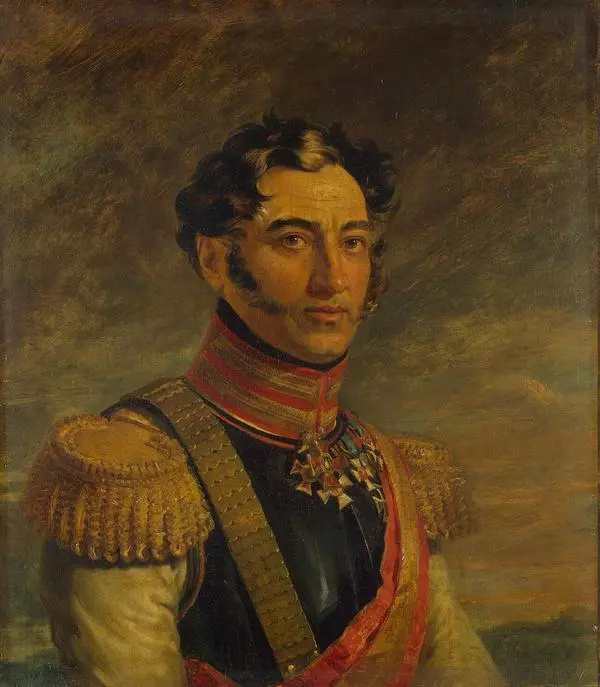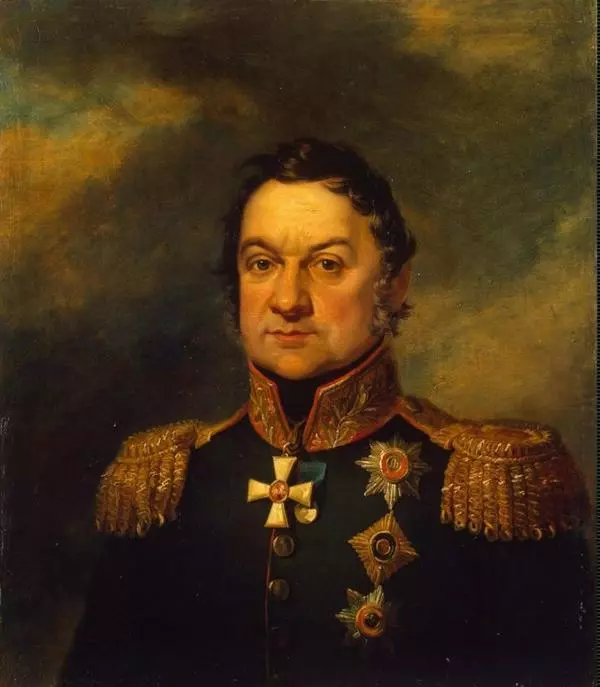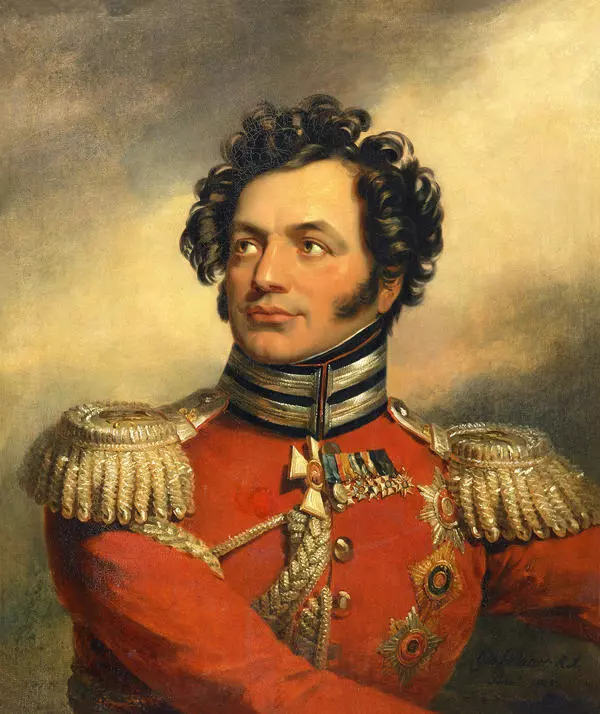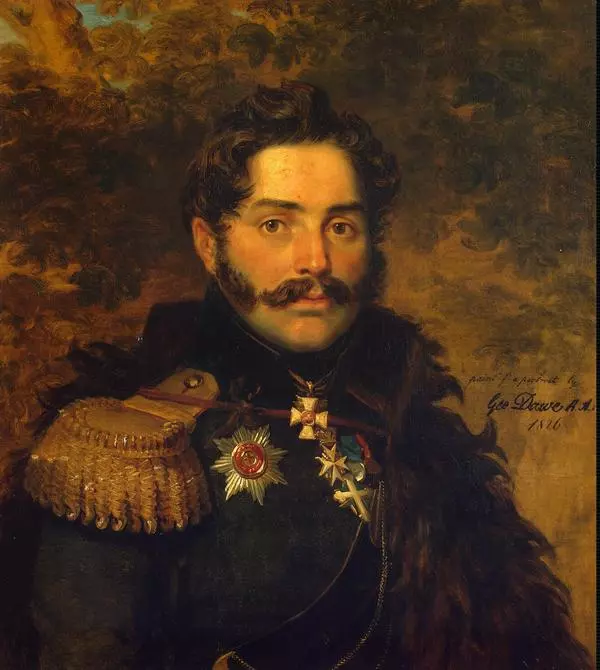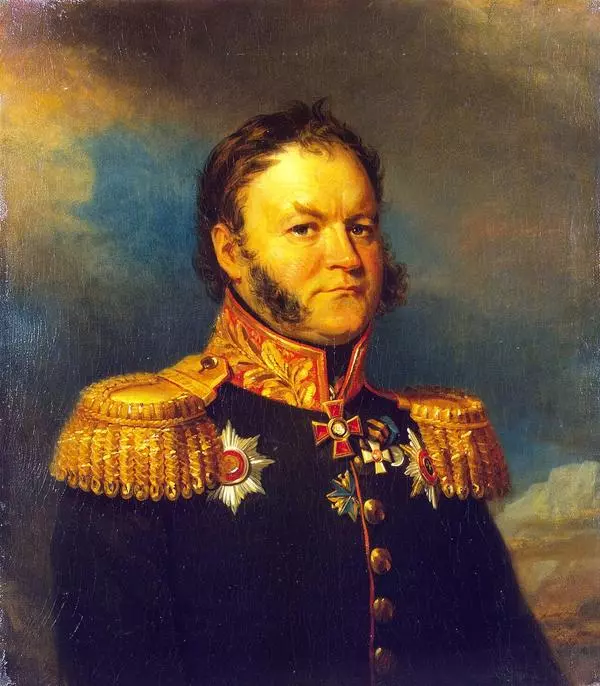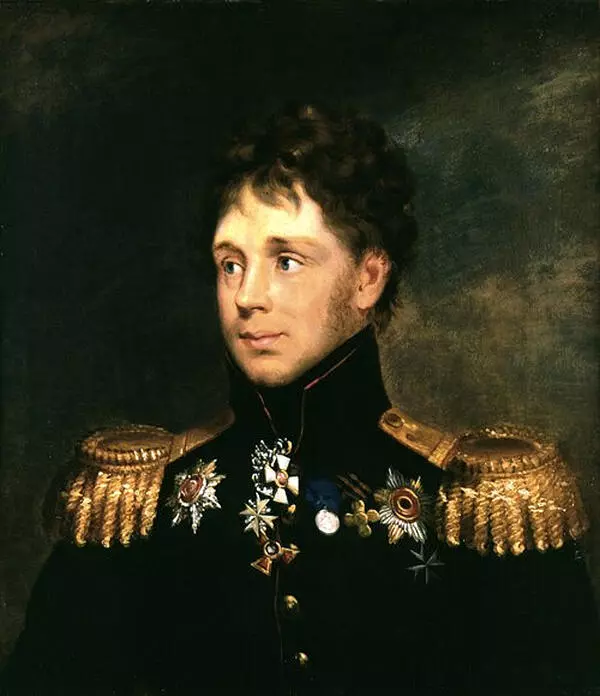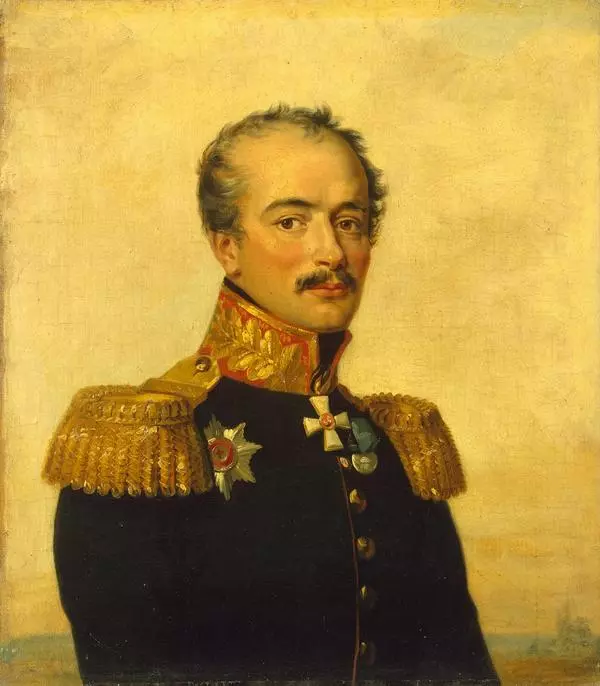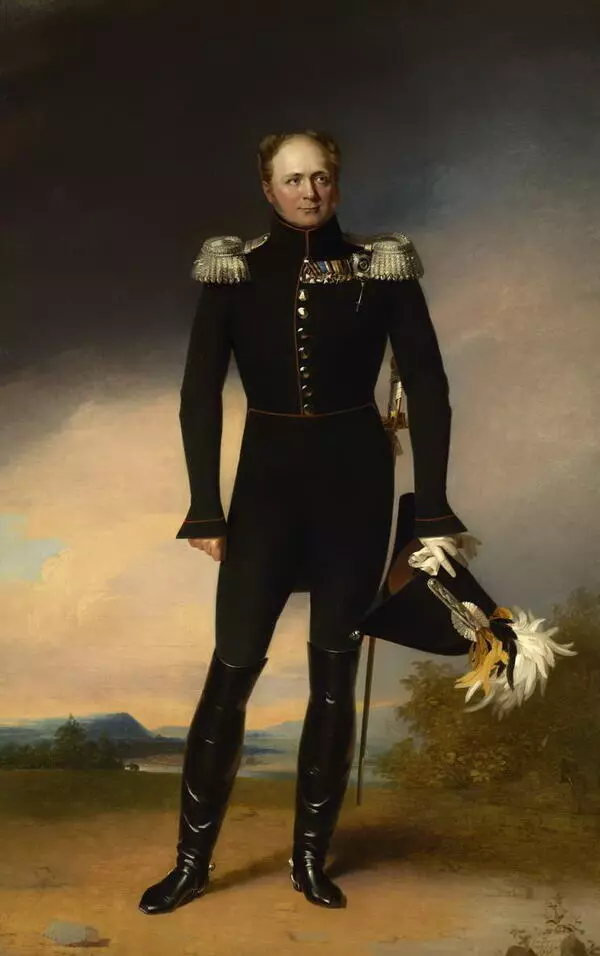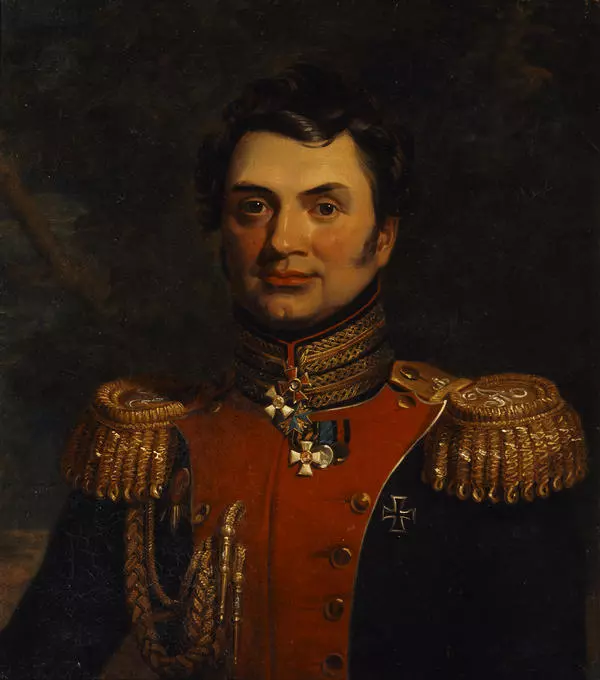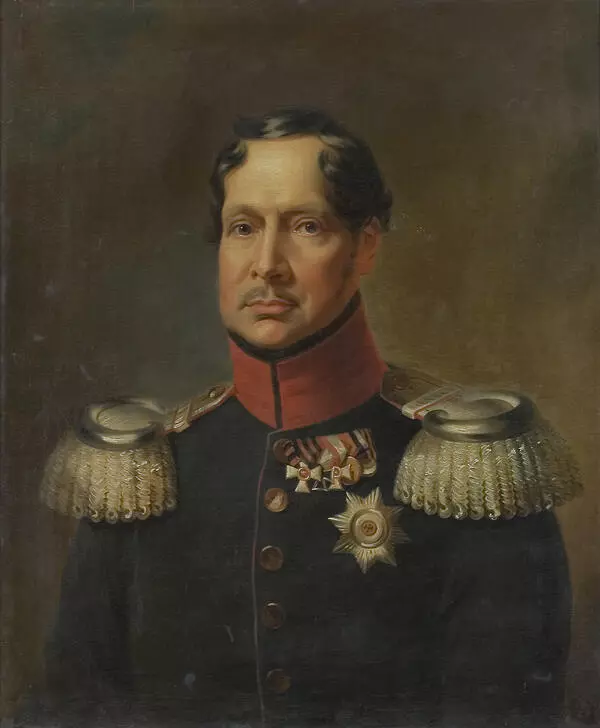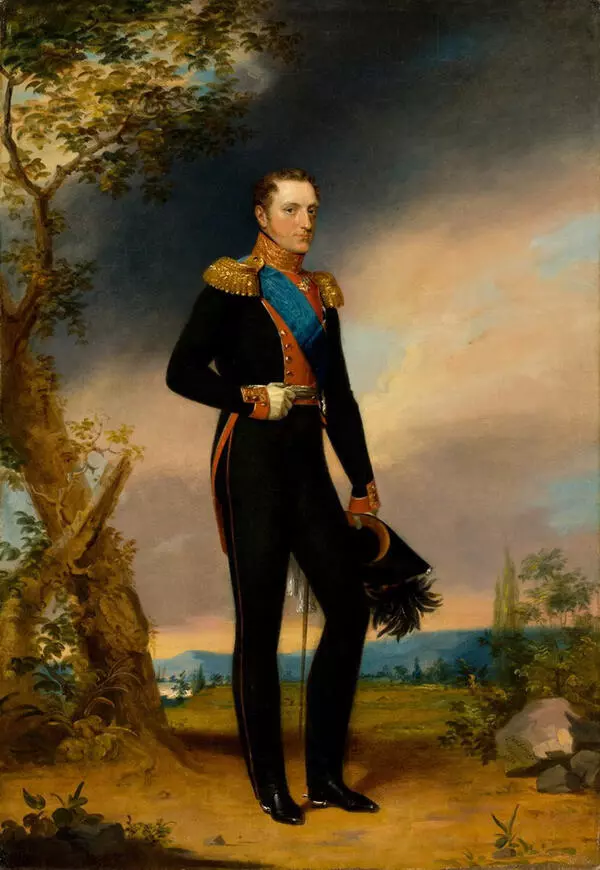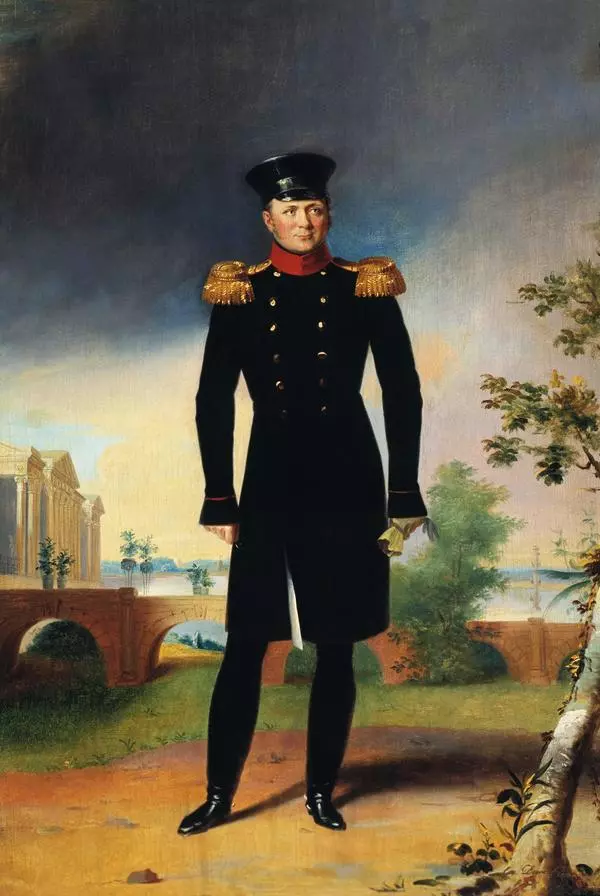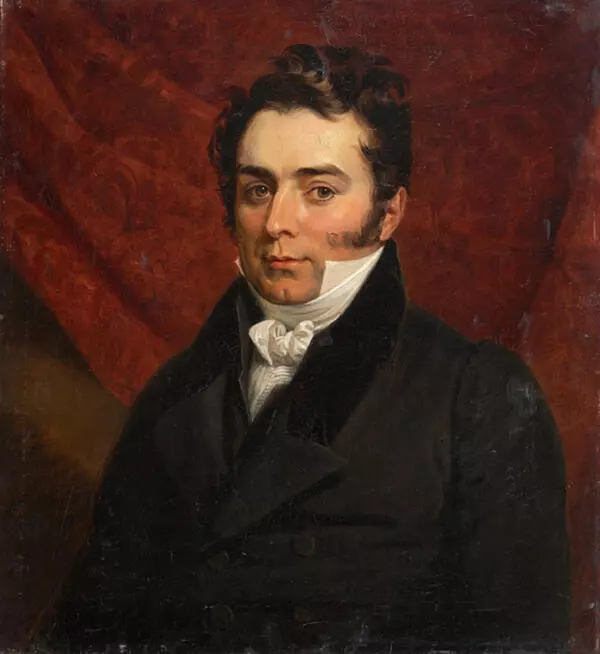Alexander Pavlovich, the future Emperor Alexander I, the eldest son of Grand Duke Pavel Petrovich, who became Emperor Paul I, was brought up under the supervision of Empress Catherine II. In 1796, he was appointed St. Petersburg military governor, in 1799 he became a senator and a member of the Council at the Highest Court.
At the beginning of his reign, Alexander I normalized relations with Great Britain, and at the same time completed peace negotiations with France initiated by his father. In the early years of the 19th century, he focused on restructuring the public administration system. In 1804, he shifted his focus to foreign policy.
In the campaign of 1805, he himself saw battle and witnessed the defeat of the allied Russo-Austrian army at Austerlitz. In 1807, he again went to the theater of operations, but in June the Russian army was defeated near Friedland, which forced him to begin negotiations with Napoleon in Tilsit.
On June 13, 1812, Alexander I signed an order to the troops and a Manifesto about the war with France. On July 6, he left for St. Petersburg, and on August 8 he appointed Mikhail Illarionovich Kutuzov Commander-in-Chief. The emperor was deeply distressed by the retreat of the Russian troops and especially the surrender of Moscow. With his participation, a plan was developed to crush the enemy at the crossing of the Berezina River. The presence of the Russian emperor at the head of the coalition troops as they entered Paris on March 19 (31), 1814 was the ultimate demonstration of his greatness and glory.
In 1817, the English portraitist George Dawe (1781–1829) painted a small-scale portrait depicting Alexander I shortly after the emperor visited London. Currently, this work is kept in Windsor Castle.
In 1819, Dawe was able to introduce himself to Alexander during a trip to Europe and show some of his canvases. The artist was invited to Russia to work on the Military Gallery of the Winter Palace, to which he devoted the rest of his life.
Currently, at least ten versions of the portrait of various sizes, all signed by Dawe himself, are kept in several museums. They differ in the uniforms worn by Alexander I and individual details of the landscape.
The canvas displayed in the museum presents the emperor in the uniform of the Cavalry Regiment with the star of the Order of St. Andrew the Apostle the First-Called. He is also depicted with the Order of the Garter (England), the Sword (Sweden), the Order of St. George 4th class, the silver medal “In memory of the Patriotic War”, and the Order of Maria Theresa (Austria).


